Boston Children's Museum
Introduction
Text-to-speech Audio
Images
The Boston Children's Museum (image from The Boston Children's Museum)
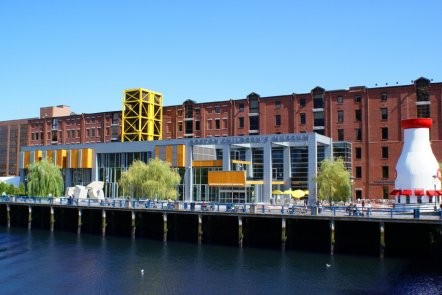
The original building of the Boston Children's Museum (image from The Boston Children's Museum)
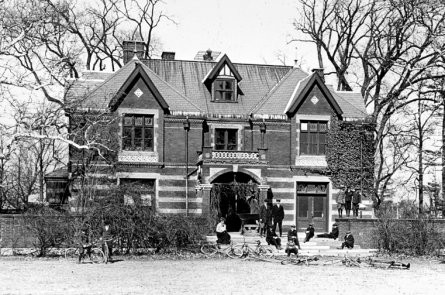
Playscape (image from The Boston Children's Museum)

Kid Power exhibit (image from The Boston Children's Museum)

Native Voices exhibit (image from The Boston Children's Museum)
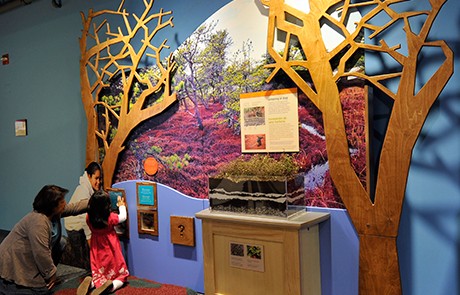
Japan House exhibit (image from The Boston Children's Museum)
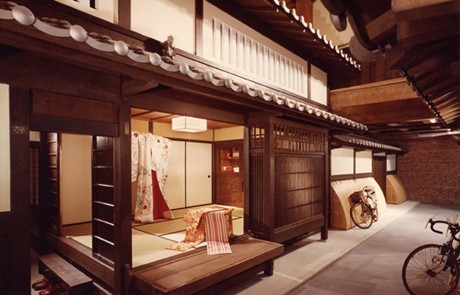
Chimu pottery from the Ancient World collection (image from The Boston Children's Museum)
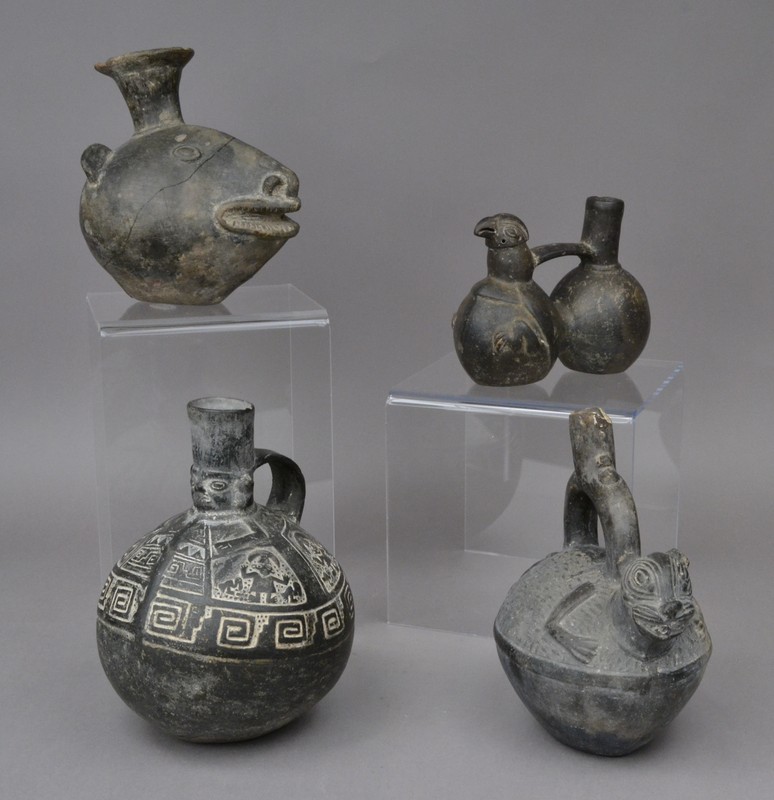
Mummy case fragment from the Ancient World collection (image from The Boston Children's Museum)
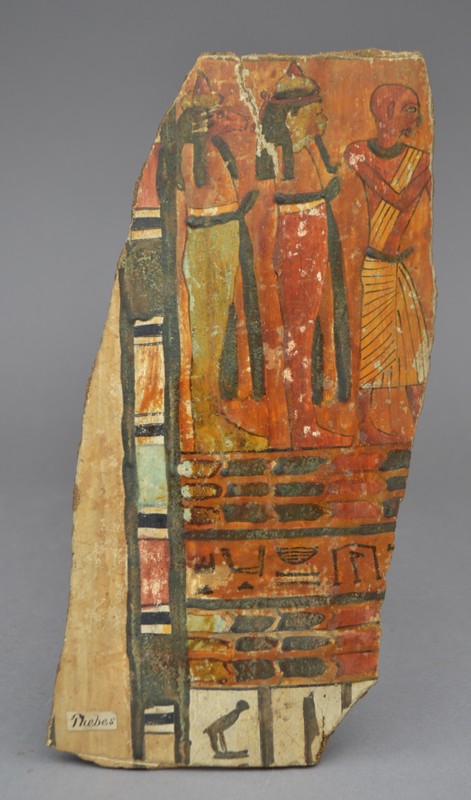
Artifact from the Native American collection (image from The Boston Children's Museum)
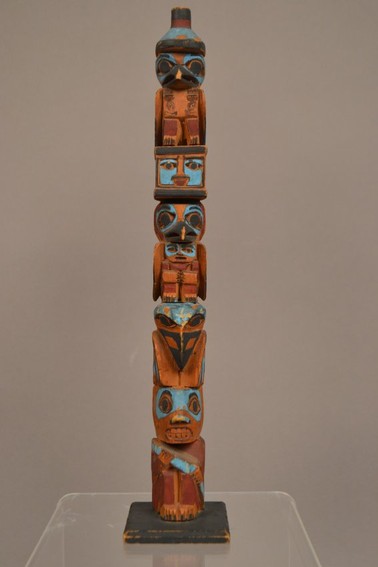
Toy cars from the Victorian Play collection (image from The Boston Children's Museum)
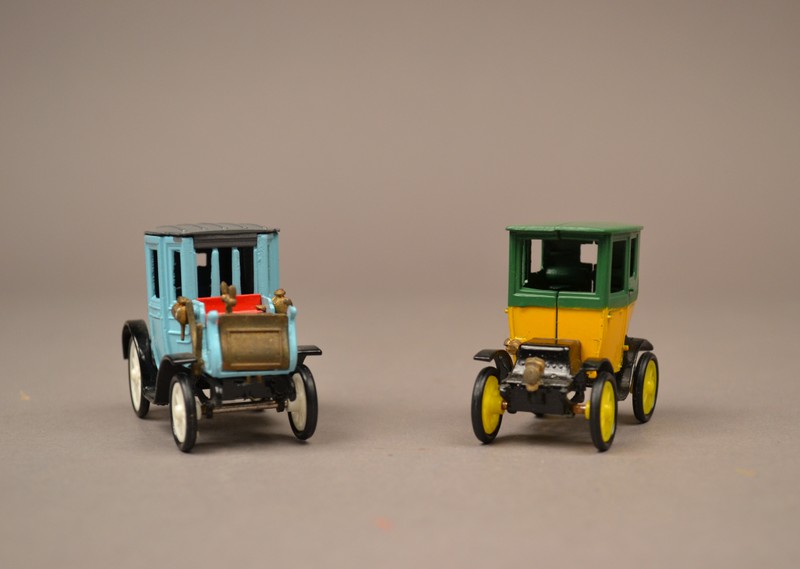
Backstory and Context
Text-to-speech Audio
The Boston Children’s Museum is the second-oldest children’s museum in the world and provides hands on experiences, education, and engaging exhibits for children and families. The museums exhibitions and programs focus on science, culture, the environment, health and fitness, and the arts. The museum’s interactive exhibits include Art Studio, Arthur and Friends, Boston Black, Countdown to Kindergarten, Investigate, Johnny’s Workbench, Kidstage, Our Green Trail, Playspace, Broken? Fix it!, Bubbles, Construction Zone, Healthyville, Japanese House, Japanese House Gallery, Kid Power, Native Voices, New Balance Climb, Peep’s world, Raceways, The Common (an exhibit that uses brain building activities to build gross motor skills), and The Gallery, which displays various local artists’ works. Museum exhibits focus on science, culture, environmental awareness, health and fitness, and the arts, and offers programs and activities that address literacy, performing arts, science and math, visual arts, cultures, and health and wellness. In addition, it is one of the only children's museums in the world to maintain a collection, with over 50,000 items. The museum also provides learning resources, museum consulting services, and contributes to research on childhood development.
A Brief History
The Boston Children’s Museum was founded in 1913 by the Science Teacher’s Bureau and opened at Pine Bank in Boston’s Jamaica Plain neighborhood. Despite coal shortages during World War I, the museum remained open and offered special lectures on days when schools and libraries were closed due to lack of heating. By the 1930s, it had outgrown its original building and moved to the Mitton House. It once again became a refuge for children during the Second World War, while fathers served in the military and mothers worked in factories to support the war effort.
In 1964, the museum opened the world’s first hands-on exhibit, known as “What’s Inside," and began educational outreach to local schools. Two years later, the City of Boston gave a Japanese tea house to the museum, which continues to be used to teach children about daily life in Japan. The museum created the fist exhibit for children under five, known as “Playspace,” in 1978, the year before moving its facilities to their present location at Museum Wharf. In 2007, it became the first LEED certified museum in Boston after an extensive renovation.
The Collections
Beginning with a donation of rocks and minerals the year of the museums founding, the Boston Children's Museum earliest collections included rare objects from the Philippines, Japanese miniatures, artifacts from the Passamaquoddy Indians, and a preserved and mounted baby elephant. The museum now holds over 50,000 objects in its collection. The Ancient Collection includes objects from the Middle East, Italy, Greece, Egypt, Central America, and South America, including mummy masks, a Cuneiform tablet, Roman glass, and Peruvian textiles. The artifacts of the Americana Collection range from 1750 to today, and focus on the diversity of the American experience. The Dolls and Dollhouses Collection includes folk dolls from around the world, play dolls from as early as the 1700s, historic paper dolls, and 25 dollhouses including two replicas of the Paul Revere House.The General Cultural or Humanities Collection focuses on world and historical cultures of Africa, Asia, the Arctic, Europe, Central and South America, the Middle East and Oceania, particularly objects relating to the lives of children, such as educational materials, dolls, toys, games, and clothing. The Japanese Collection similarly features objects related to the lives of children in Japan, and is centered around the largest artifact in the collection: an authentic Japanese house donated to the museum by the city of Kyoto in 1980.The Natural History Collection is comprised of approximately 5000 botanical, entomological, geological, zoological and ornithological specimens including birds, butterflies, giant shells, and small mammals. The Museum’s Native American Collection is considered one of the finest collections of Native artifacts, from the Eastern Woodland tribes, ranging from pre-contact archaeological materials to present-day Native art focused on cultural identity. The Victorian Era Play (1837-1901) Collection features children's toys and games including dollhouses, toy trains and soldiers, and paper cutout games. Historic and world children's clothing is represented in the museum's Clothing Collection.
